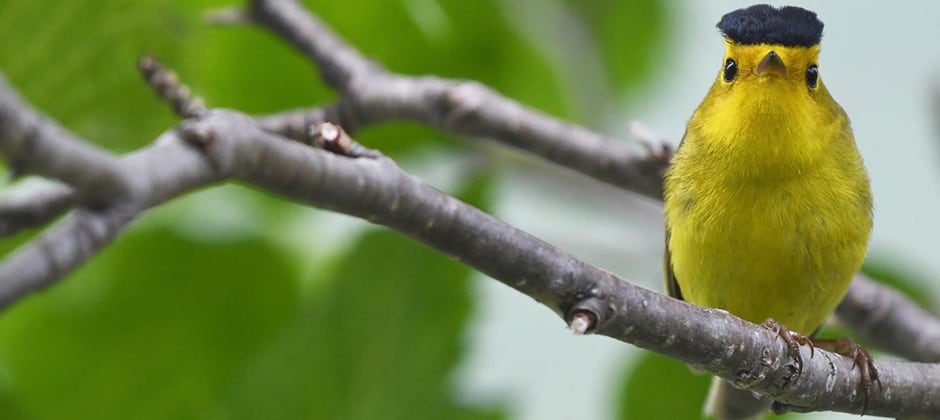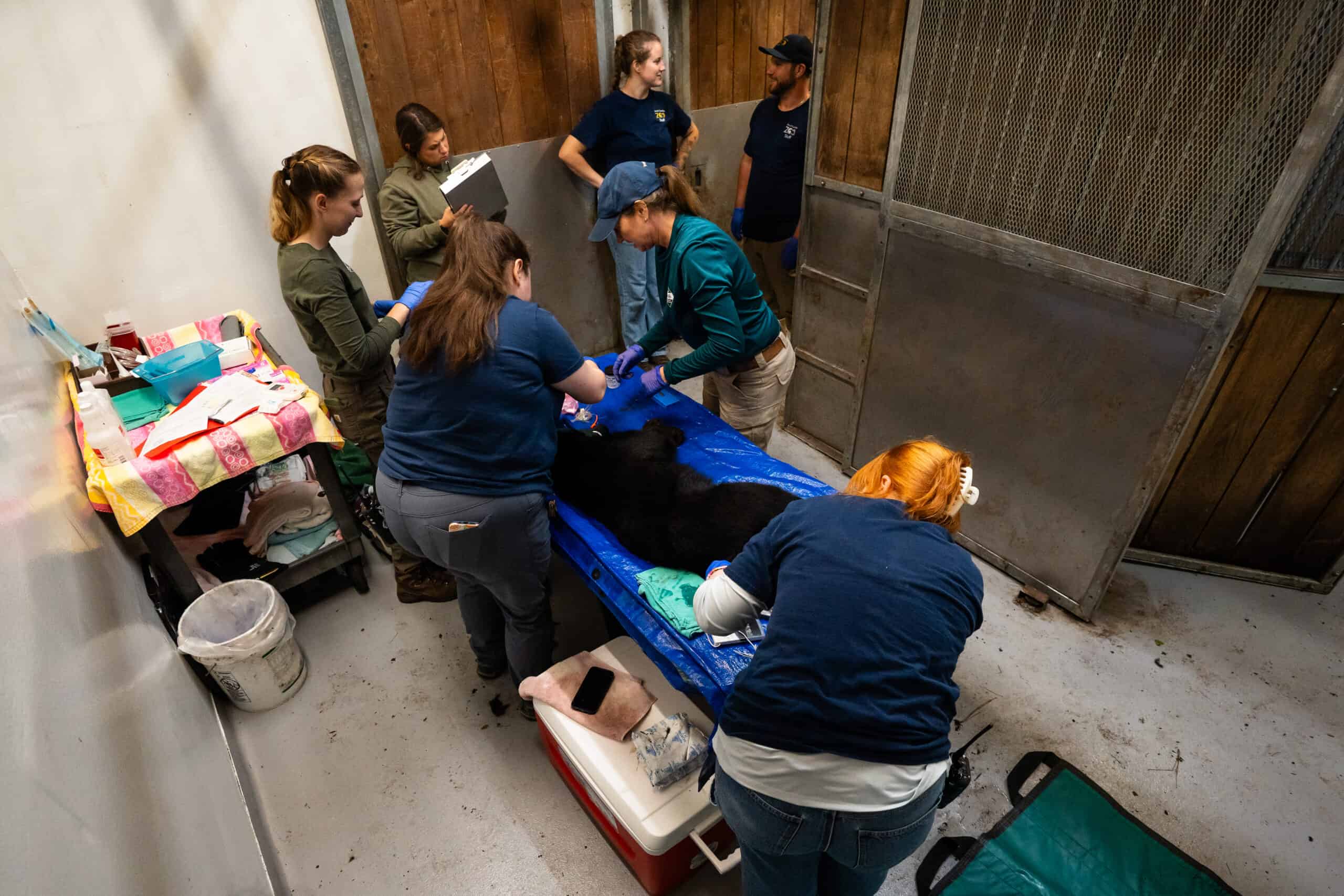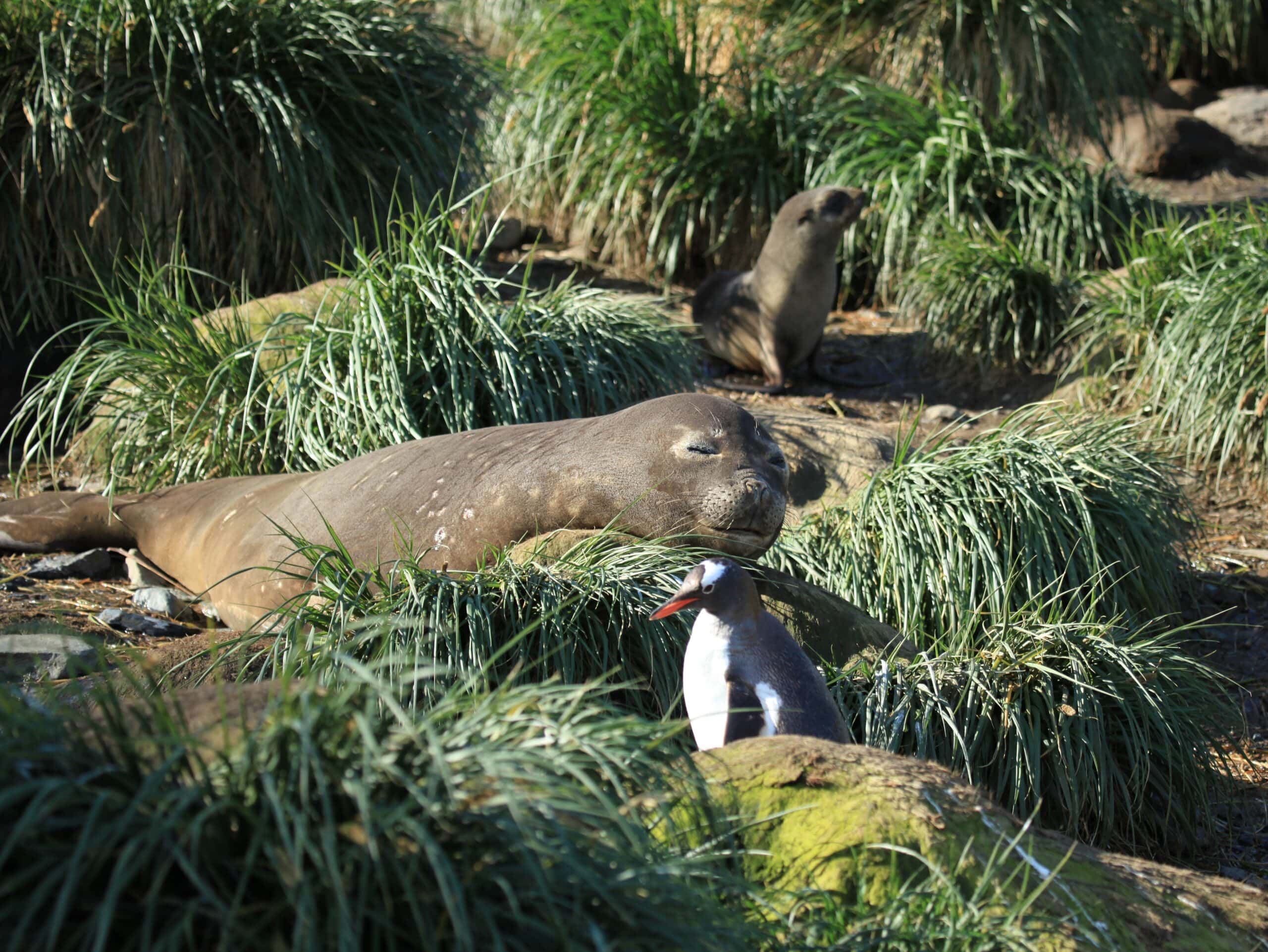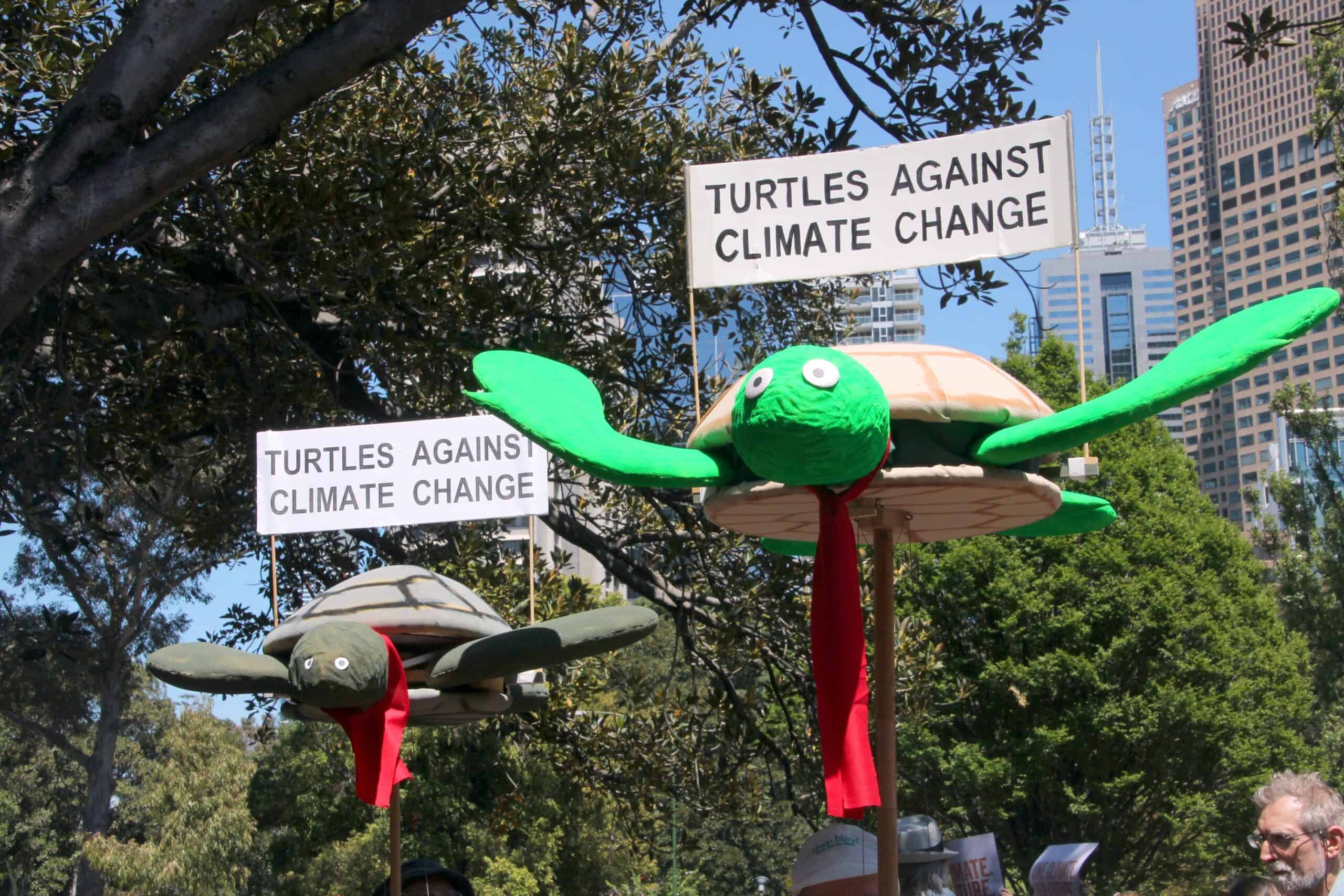Share this article
Climate change leads birds to migrate earlier
Climate change is prompting migratory birds to take flight earlier, raising questions about how these shifts will affect their ability to persist in a warming world.
Looking at almost a quarter-century of radar data, researchers found changing climate conditions were affecting the migration timing of hundreds of species — representing billions of birds — across the United States. The effects are most pronounced in northern states, where warming is taking place more rapidly. Researchers say the study is one of the first to examine the impacts of climate change on migration timing at a continental scale.
The birds aren’t responding to temperature changes themselves, said Colorado State University professor Kyle Horton, lead author of the study published in Nature Climate Change. They’re responding to changes on the landscape caused by warming temperatures. But whether their shifts in migration is keeping pace with other changes — such as the availability of food when their reach their destinations — remains to be seen.
“We may be seeing some impacts of that already with massive declines in bird populations,” he said.
The research team — including scientists from the Cornell Lab of Ornithology and the University of Massachusetts — found migrants were likely to pass certain stops earlier now than they would have 20 years ago. The differences may seem minute — less than a day per decade change for most birds — but the scale is remarkable, Horton said.
“We’re talking about the movement of the entire system,” he said.
To conduct the research, the team acted like meteorologists in reverse. Instead of ignoring the flocks of birds on radar data to focus on weather patterns, the team sought to screen out rain and snow to look for birds. Relying on data from 143 National Oceanic and Atmospheric Administration radar stations across the Lower 48 states, they used cloud computing and an artificial intelligence system called MistNet to automatically find and remove rain from the images.
It’s the sort of work Horton said he used to do as a graduate student by hand, but the new technology reduced hundreds of hours of work to just two days of computer time.
“What we’re able to do now is automate that process completely,” he said.
Researchers found migration timing was shifting in both spring and fall, but the effects were sharpest in the spring. Fall is “messier,” Horton said, with individuals less likely to migrate at the same time as they are in the spring when they head north to breed and nest.
Horton hopes to expand the research to Alaska, where he expects the trends will be more pronounced.
Header Image:
A warming climate is changing the timing of bird migration to and from the United States.
©Kyle Horton/Colorado State University








